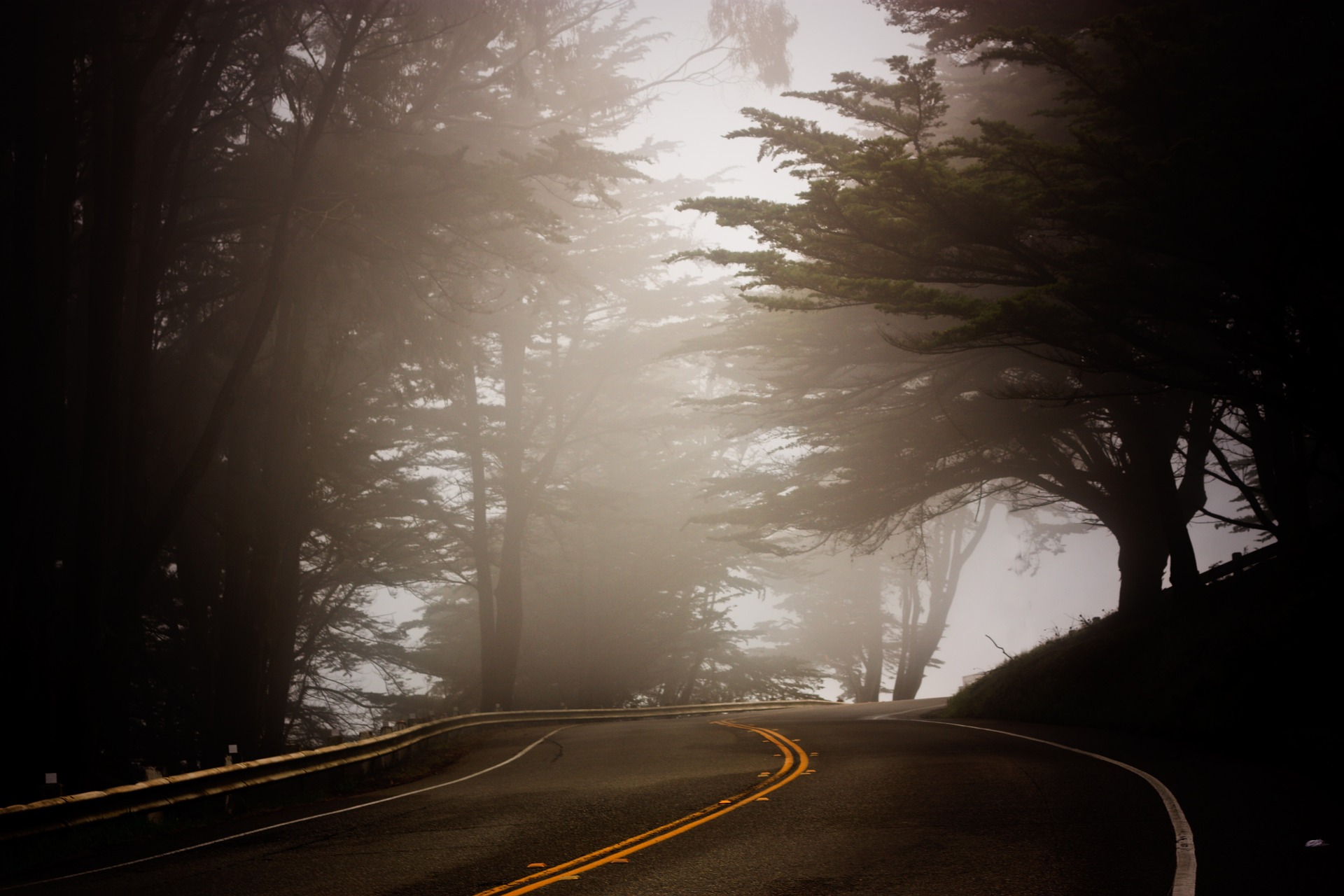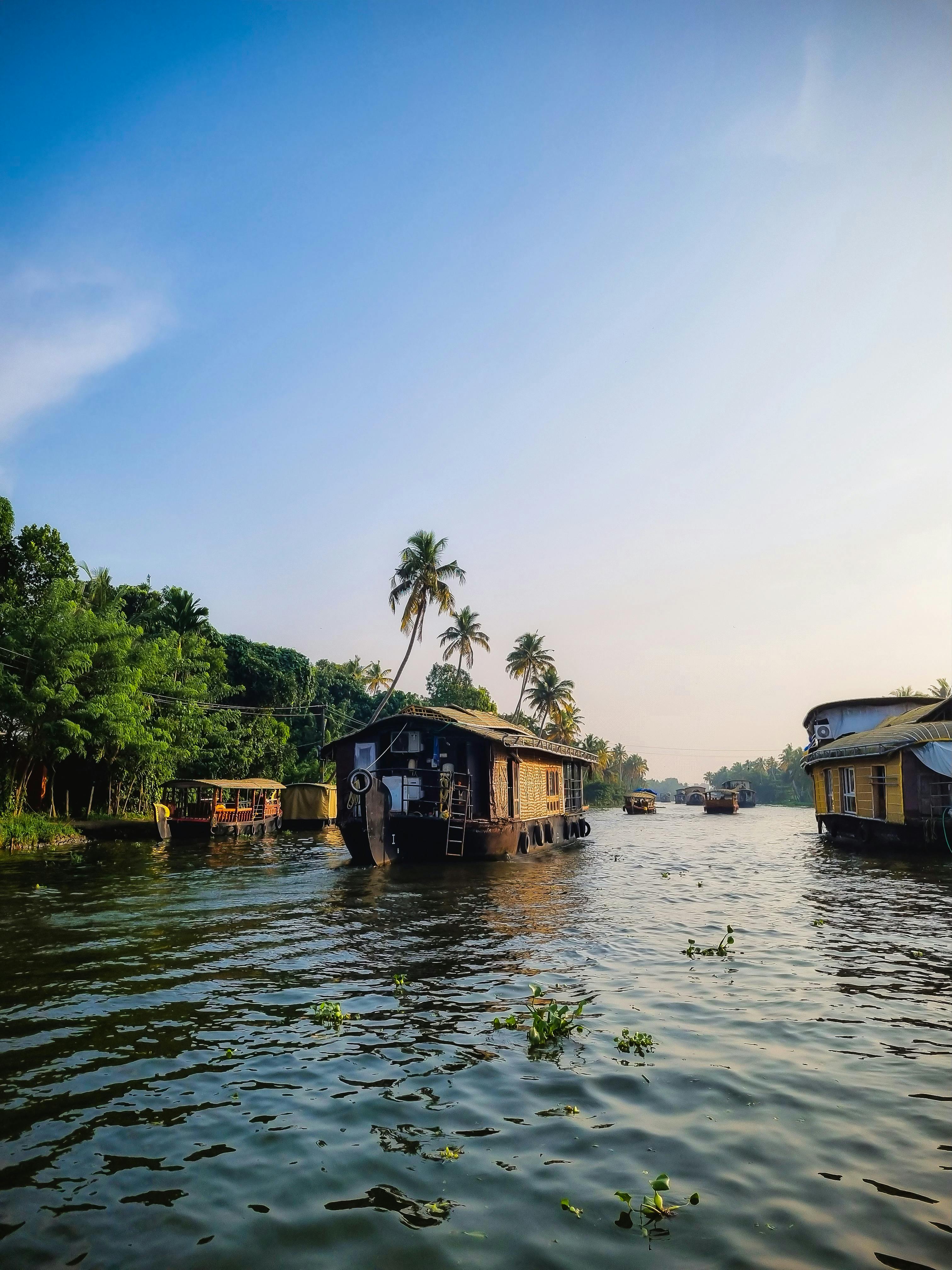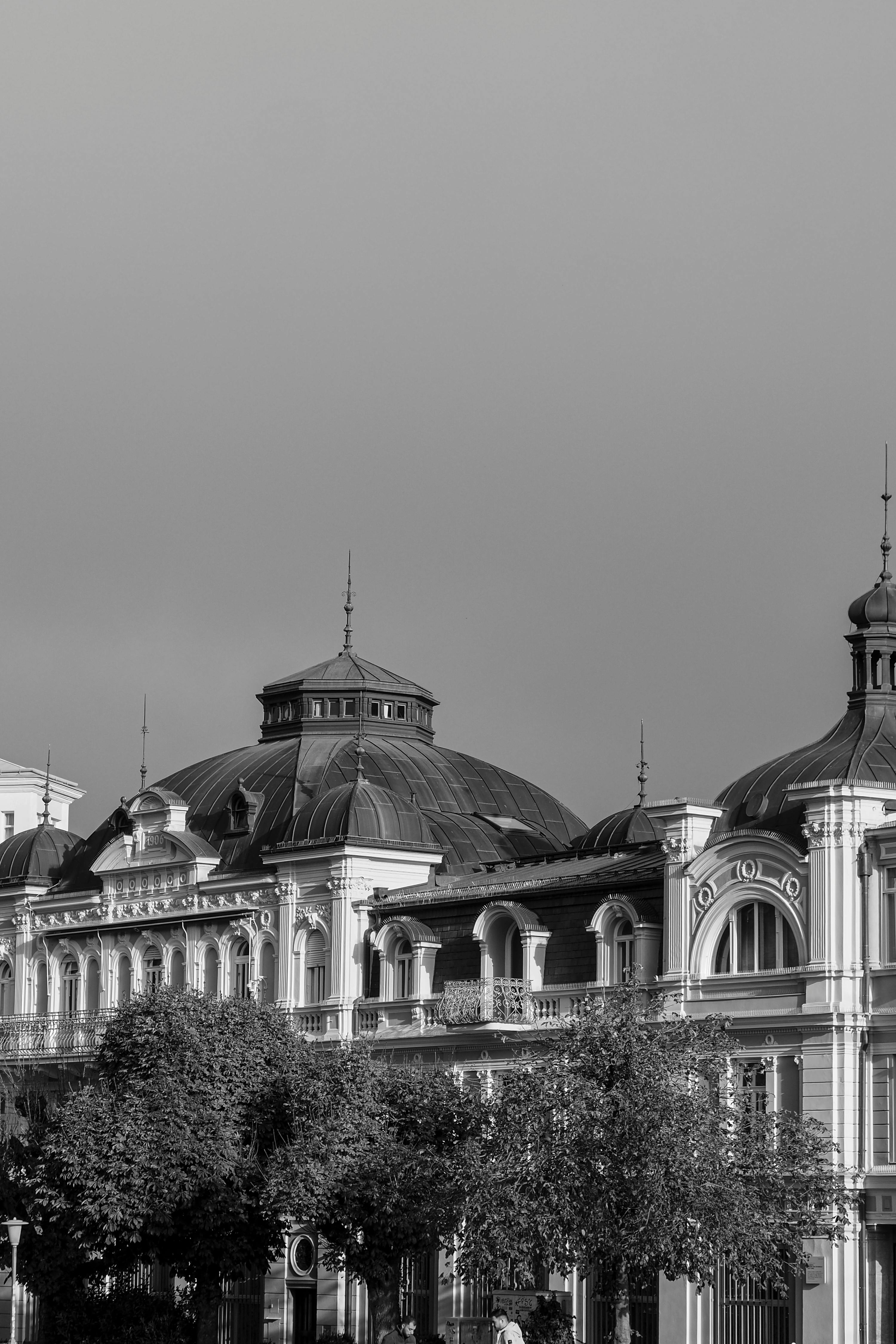"Unveiling the Mystique of Dark Tourism: A Deep Dive into its Allure and Impact"
In the vast spectrum of travel experiences, one trend has emerged from the shadows, capturing the curiosity of intrepid explorers worldwide. Dark tourism, the act of visiting sites associated with death, disaster, and tragedy, offers a stark contrast to the typical sun-soaked vacation. This article delves into the historical context, current trends, and practical implications of this intriguing travel phenomenon.

A Brief History of Dark Tourism
Dark tourism is not a new concept. For centuries, humans have been drawn to places of suffering and death. From the Roman gladiator battles to public executions in medieval times, the fascination with mortality is deeply ingrained in our psyche. However, it was only in the late 20th century that this interest was recognized as a distinct form of tourism.
The Lure of Dark Tourism
Today, dark tourism is a growing trend, with travelers seeking out sites like Chernobyl, Auschwitz, and Ground Zero. This shift can be attributed to a desire for authentic experiences and a deeper understanding of history. Dark tourism allows travelers to confront the harsh realities of our past, fostering empathy and reflection.
The Impact on Travelers and Destinations
While dark tourism offers educational value, it also poses ethical dilemmas. Critics argue that it can lead to the commodification of tragedy, with sites of suffering turned into tourist attractions. However, when managed responsibly, dark tourism can contribute to preservation efforts and serve as a powerful reminder of past mistakes.
The Practical Side of Dark Tourism
For those considering a dark tourism trip, preparation is key. It’s crucial to research the site’s history and respect local customs. Remember, these are places of profound sadness and loss, so appropriate behavior is paramount.
Some Intriguing Dark Tourism Destinations
-
The Catacombs of Paris: An underground ossuary holding the remains of over six million people.
-
Hiroshima Peace Memorial Park: A site dedicated to the victims of the atomic bomb dropped on Hiroshima in 1945.
-
The Killing Fields of Cambodia: Mass grave sites from the Khmer Rouge regime.
In conclusion, dark tourism is a complex and controversial travel trend that offers a stark departure from traditional tourism. It provides a unique lens to view history, encouraging reflection on humanity’s darker chapters. However, it also demands a high level of respect and sensitivity from travelers. As with all travel experiences, the key lies in understanding, empathy, and respect for the places we visit and the stories they hold.





